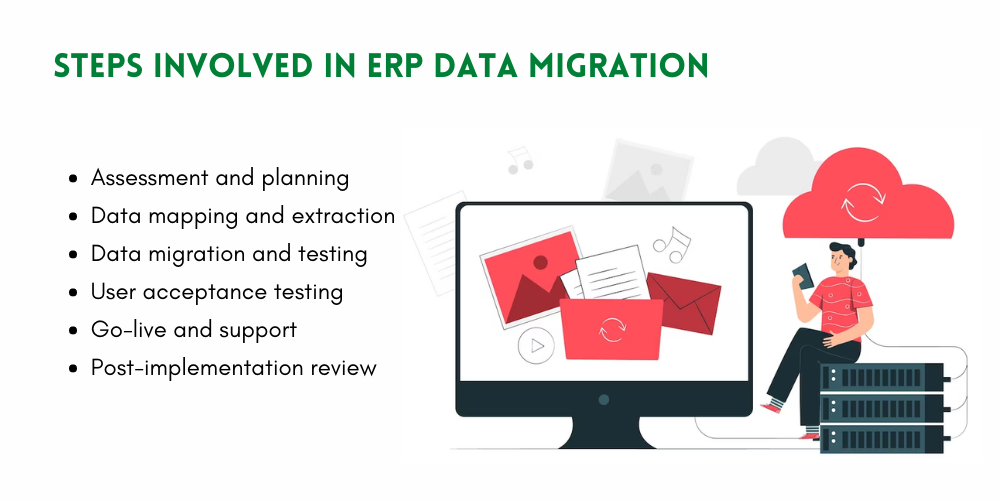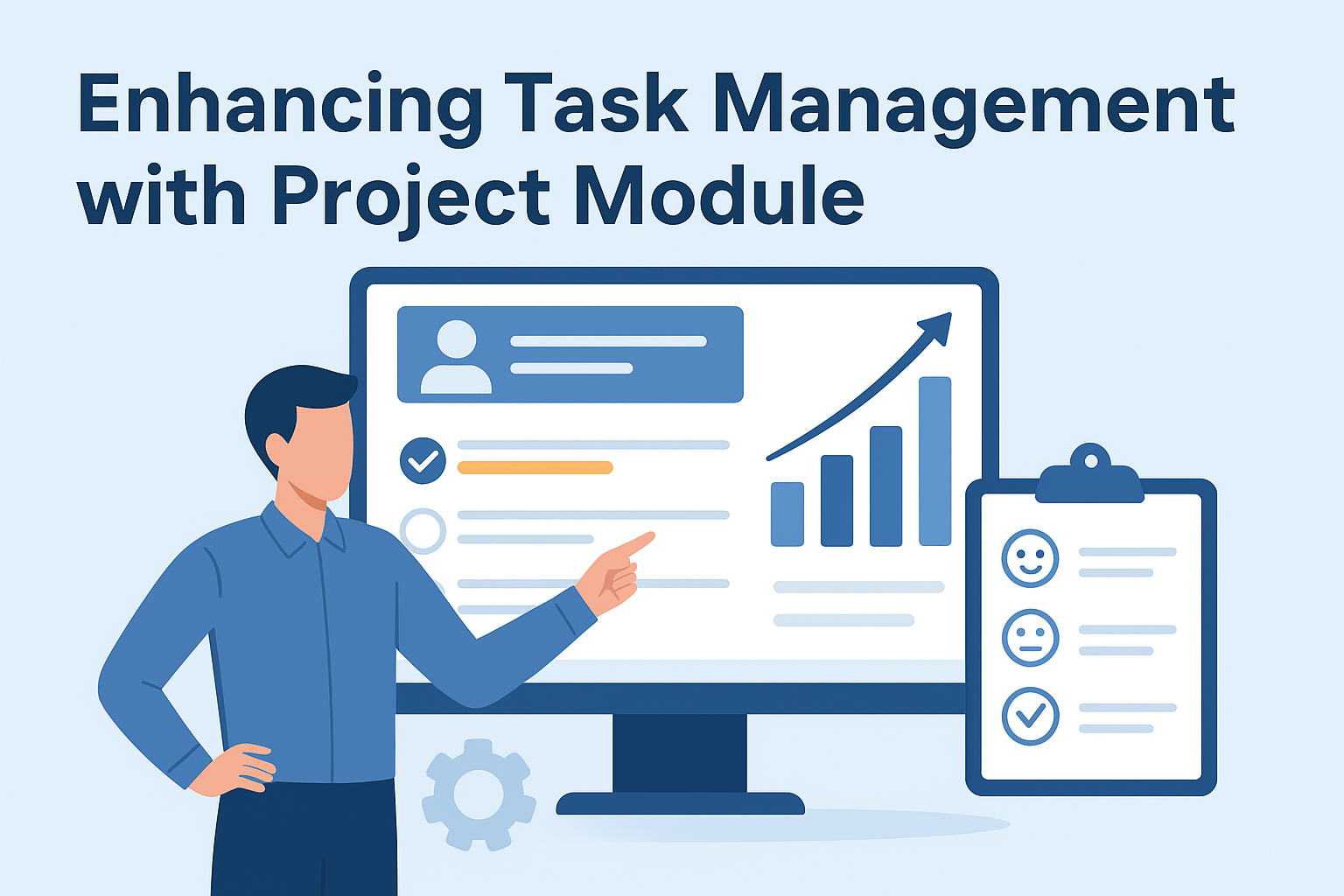ERP migration refers to the process of moving data, applications, and other business processes from one Enterprise Resource Planning (ERP) system to another. This process involves the transfer of data and configuration settings from an old ERP system to a new one and the setup of new processes and systems. The objective of an ERP migration is typically to upgrade to a more modern and capable system, improve business processes and increase efficiency, or consolidate multiple legacy systems into a single platform.
Data migration is a critical component of an ERP implementation because it involves transferring data from the old system to the new one. The success of an ERP implementation depends largely on the accuracy and completeness of the migrated data.

Here are some reasons why data migration is so important:
Ensures business continuity: Data migration ensures that the critical business processes and data that were present in the old system are available in the new one. This helps to minimize downtime and ensure business continuity.
Supports data integrity: The accuracy and completeness of the migrated data is critical to ensuring that the new ERP system functions as intended. Data migration helps to ensure that the data is accurate, complete, and consistent, and that it supports the business processes it was designed for.
Avoids data loss: Data migration helps to avoid the loss of critical data that may occur during the implementation process. This is particularly important for organizations with large amounts of historical data or critical business processes that rely on that data.
Supports better decision-making: Data migration helps to ensure that the new ERP system provides up-to-date and accurate information that supports better decision-making. This is critical for organizations that rely on data-driven decision-making to remain competitive.
Enables process improvement: The migration of data from the old system to the new one is an opportunity to identify and correct any issues with data quality, accuracy, or completeness. This can support process improvement and help the organization to run more efficiently.
The steps involved in an ERP migration project can vary depending on the size and complexity of the organization, but the following are common steps involved in most ERP migration projects:
Assessment and planning:
This step involves a thorough assessment of the current ERP system, the business processes it supports, and the desired outcomes of the migration. A detailed project plan, including timelines and budgets, is developed at this stage.
Data mapping and extraction:
In this step, data is extracted from the old ERP system and mapped to the new system. This involves identifying the data to be transferred, converting it to a compatible format, and validating it for accuracy.
Data migration and testing:
The extracted data is loaded into the new ERP system and tested to ensure it functions correctly. This step also involves testing of all the integrations and customizations that were a part of the old system.
User acceptance testing:
End-users are provided with access to the new system to validate that it meets their needs and requirements. Feedback is collected and any issues are addressed.
Go-live and support:
The new ERP system is put into production, and support mechanisms are put in place to ensure that it runs smoothly. This includes providing training to end-users and IT staff, as well as ongoing maintenance and support.
Post-implementation review:
After the ERP migration is complete, a review is conducted to assess the success of the project and identify areas for improvement. This helps to ensure that the new ERP system continues to meet the organization’s needs and evolves with changing business requirements.
Here are some tips for a successful and safe migration from one ERP to another:
Plan thoroughly: A well-planned migration is the key to success. This involves mapping out the entire process, including the data migration and testing phases, as well as identifying any potential risks or challenges that may arise.
Test thoroughly: Testing is critical to ensuring that the new ERP system works as expected. Test the system thoroughly, including all integrations and customizations, before going live.
Involve end-users: End-users are critical to the success of an ERP migration, so it is important to involve them in the process. Encourage them to provide feedback and suggestions, and incorporate their insights into the migration plan.
Backup data: Regularly backup all data and systems to minimize the risk of data loss. In case of any issues, it will be easier to revert to a previous version.
Consider using a phased approach: Consider using a phased approach to the migration, especially if the organization is large or complex. This allows you to test and validate the system in stages, reducing the risk of downtime or data loss.
Seek expert support: ERP migrations can be complex and time-consuming, so consider seeking expert support from a vendor or consultant. This will ensure that the migration is completed smoothly and that the new system is fully functional and integrated.
Communicate with stakeholders: Regular and open communication with stakeholders is critical to the success of an ERP migration. Keep them informed of the progress and any changes, and address any concerns or questions in a timely manner.
In conclusion, data migration is a crucial part of an ERP implementation and should not be overlooked. A well-planned and executed data migration process can help to ensure the success of the implementation and support the organization’s long-term goals.




